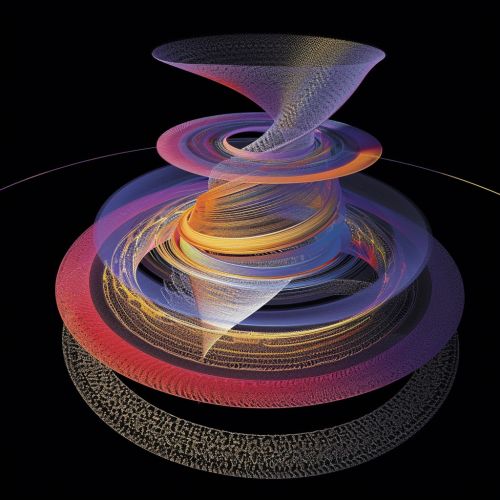Nonlinear Dynamics
Introduction
Nonlinear dynamics is a branch of physics that studies systems that are governed by nonlinear equations. Unlike linear systems, which can be solved exactly, nonlinear systems often exhibit complex behavior that can only be approximated.


Nonlinear Equations
Nonlinear equations are mathematical expressions that contain one or more variables raised to a power other than one and do not form a straight line when graphed. They are the foundation of nonlinear dynamics, and they are used to model a wide variety of physical, biological, and social systems.
Chaos Theory
A significant aspect of nonlinear dynamics is chaos theory, which studies the behavior of dynamical systems that are highly sensitive to initial conditions. This sensitivity is often referred to as the butterfly effect. Chaos theory has applications in several disciplines, including meteorology, sociology, physics, computer science, engineering, economics, biology, and philosophy.
Attractors
In the context of nonlinear dynamics, an attractor is a set of numerical values toward which a system tends to evolve. There are several types of attractors, including fixed points, limit cycles, and strange attractors. Strange attractors are unique to nonlinear systems and are often associated with chaotic behavior.
Bifurcation Theory
Bifurcation theory is another important concept in nonlinear dynamics. It studies the changes in the qualitative or topological structure of a given family of dynamical systems. Bifurcations occur when a small smooth change made to the system's parameters causes a sudden 'qualitative' or topological change in its behavior.
Applications of Nonlinear Dynamics
Nonlinear dynamics has a wide range of applications in various fields. In physics, it is used to study phenomena such as turbulence and chaos. In biology, it is used to model population dynamics and the spread of diseases. In engineering, it is used to analyze the stability of structures and the behavior of electrical circuits. In economics, it is used to model market dynamics and the behavior of economic systems.
